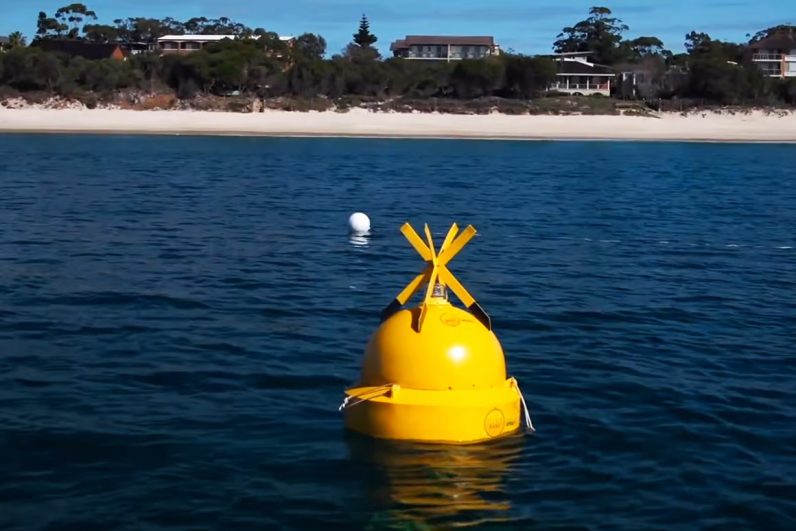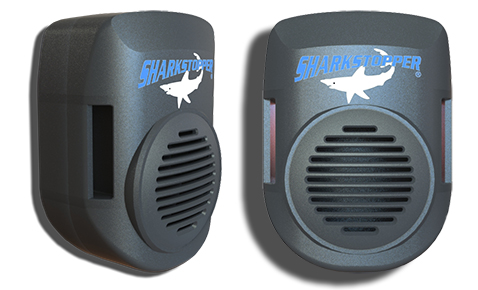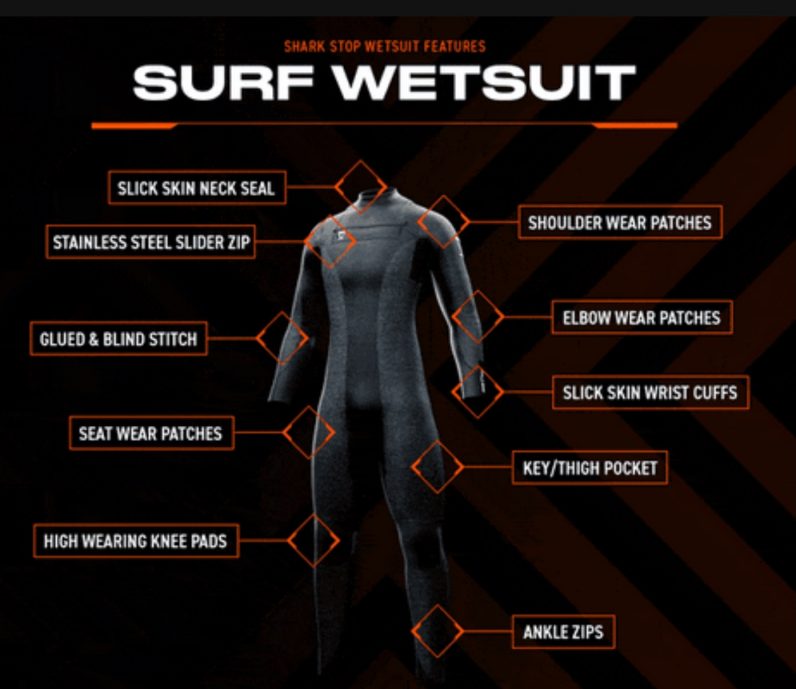I watched everyone’s favorite summer movie, Jaws, again on the weekend. Fortunately, our relationship with sharks has come a long way from what we saw in the film. We’re getting the facts straight and shifting away from outdated protection methods. And the most valuable tool in preventing shark bites is tech.
Shark bites are incredibly rare
Incidents of sharks biting humans are infrequent. According to the International Shark Attack File, 137 alleged shark bites occurred last year.
Most attacks are related to surfing (51%). Just 11 resulted in death – that’s less than a third of US beach drownings so far this year.
But our approach to shark bites is far more reactive than in drowning prevention.
Shark nets and culls are outdated
Traditionally, responses to shark bites involve a heavy-handed approach of culling, such as using shark nets. These are submerged walls of netting that hang in the water and aim to reduce (cull) the shark population.
However, research has found only 10% of their catch is sharks as they unfortunately also entrap dolphins, whales, and turtles.
Nets are no longer in use in Cape Town, Florida, New Zealand, and Hawaii, but Australia is unfortunately still catching up.
But fortunately, there’s now an arsenal of tech to help prevent and mitigate the impact of shark bites.
Detecting sharks
This week a beach lifeguard in Long Island was bitten and died while playing the role of a victim during a training exercise in the ocean– eek. In response, beach patrols deployed drones to patrol local beaches to detect sharks.

But there are also other options such as Clever Buoy. This autonomous marine monitoring platform uses sonar technology with advanced pattern-recognition software, detecting different forms of large marine life. This data relays to lifeguards in real-time.
Clever Buoy can sustainably operate in open ocean conditions 24 hours a day, 365 days a year, autonomously monitoring marine life and environmental conditions.
Combined with drones, it’s an important tool in preventing shark bites.
Preventing bites

An Australian company has created a wearable device that uses sound to repel sharks.
The Personal Shark Repellent (PSR) emits a patented acoustical frequency that repels sharks but does not harm them.
Over ten species of sharks at various locations worldwide have been consistently repelled between five and ten meters. It automatically powers itself on and off via sensors that detect the presence of water.

Also from Australia is Sharksuit. The company has created wetsuits using fabric capable of withstanding live shark bites.
The wetsuits are made from ultra-high molecular weight polyethylene nanofiber (UHMWPE). The fabric has a strength-to-weight ratio 50% greater than kevlar and 8-15 times greater than steel.
The material can withstand the considerable force of a shark bite.
Furthermore, it sustains only minimal pin-prick size punctures on only the most severe bite attacks to prevent the catastrophic blood loss and loss of limbs that cause death in many shark attacks.
It’s notable that while there’s a lot of great tech out there (especially in Australia), it receives only limited media attention globally. The media is long criticized for being bloodthirsty for “shark attacks“.
Just this week, we also saw two women killed from shark bites in Egypt’s Red Sea, with news reporting including plenty of bloody footage.
This doesn’t help change the cultural conversation around the fear of sharks. Education has a long way to go. Jaws the movie was all about shark culling, but today preventing shark bites is as much about respect and conservation.

